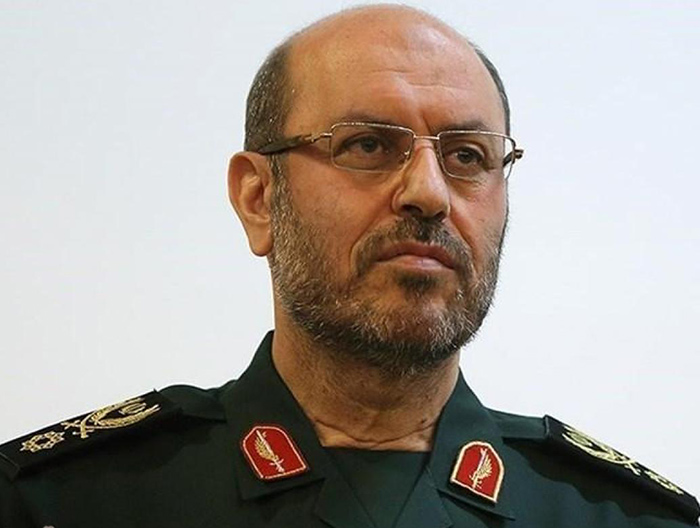In an interview with Al-Alam, former Iranian Defense Minister Brigadier General Hossein Dehqan explicated the latest regional and international developments.
He also provided an analysis of the recent unrest in Iraq and Lebanon and their differences with the velvet revolutions and other social movements.
What follows is the text of the interview with Ayatollah Seyyed Ali Khamenei’s advisor in the defense affairs:
Q: The Pentagon announced plans for deployment of 7,000 new forces to the region a week ago. The US had already sent 3,000 troops to Yemen. Does Iran see this move as a confrontation plan or a threat?
Dehqan: We must first analyze the current situation in the region, including the crises created by the extra-regional forces and the players that played a role in creating the crisis, in order to study the place of the US move in here. We are now faced with instability and insecurity in the region, while the source of this insecurity is a trio that we define as Western-Arabic-Hebrew. Such instable and unsteady situation pursues a couple of clear objectives, first of which is to sap the financial strength in the region, particularly in Saudi Arabia, by provoking Iranophobia. Secondly, certain regional countries, like Saudi Arabia, are governed by traditional political establishments that are separated from the body of societies and do not reflect the willpower of their own nations, but they need to be maintained in the region because of protecting the US interests.
The more significant point is that the Americans had a notion that Iran would remain silent in the face of them, but Iran proved after shooting down the US drone that the Islamic Republic of Iran’s determination to respond to any probable action is fierce, and it is able to control its consequences. The Americans said that “we protect our own bases in the region and the regional countries must pay the cost of defending themselves”. On the other hand, Trump had described Saudi Arabia as a cow being milked, saying the Saudi regime would fall immediately without the US support. Accordingly, they (Saudis) face challenges in protecting their security, because they are leaning on the broken wall of the US.
We do not see the US measure as a threat, but it is like an anesthetic pill for the reactionary Arab leaders. By sending forces into the region, the US has provided suitable targets within reach of us.
Q: Has Iran sent a clear message to the US in response to the threats?
Dehqan: There is no need for a message, because we announce our stances clearly and explicitly, or if we face a threat in the region, we will have a response prepared, and nothing would restrict us other than our interests. As a result, the Americans that claim to have intelligence dominance over the region by using their various centers, think tanks and strategists and that they are observing and monitoring the regional developments, then they must have realized after forty years that the Islamic Republic of Iran is serious about anyone showing hostility.
Q: What do you think about the protests and riots in Iraq and the attacks on the state organizations?
Dehqan: After implementing velvet revolutions in a number of countries, the Americans sought political regime changes in those states. After experiencing mass media revolutions, like what happened in Egypt, in which human groups used the mass media to lay the ground for their favorite political upheavals, they (Americans) have now created another space and try to form a new shape of protests for the purpose of overthrowing the political systems they disagree with.
This new move has several features: First of all, it has a distributed leadership, meaning that one cannot say who is governing them or where they are being guided from. Secondly, they are seriously seeking to prevent delineation between protests and riots, or between the protestors and rioters. So when drawing a distinction between them is not possible, things would become difficult in practice. Thirdly, while there were plans in the past to prevent the riots from turning violent, the new riots began with violence, and the moves were supposed to focus on the state-run security and administrative centers to entangle the political system and allow them (rioters) to freely do what they wanted to. The equipment, instruments and technologies used in these protests and riots were totally different from the past.
Their (US’) ultimate purpose is to overthrow the political systems they do not want. On the parties seeking to overthrow the political systems in the axis of resistance, the Supreme Leader (Ayatollah Seyyed Ali Khamenei) has cited “the American idea and the Arab money”. Today, a powerful and independent Iraq would be definitely not in the interests of the US or the interests of Israelis, and even the Saudis would disapprove, for sure.
